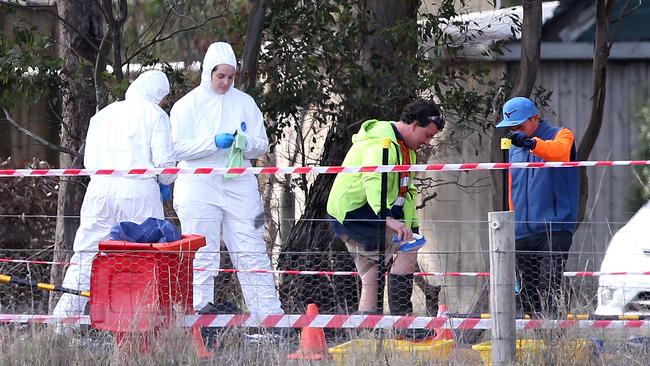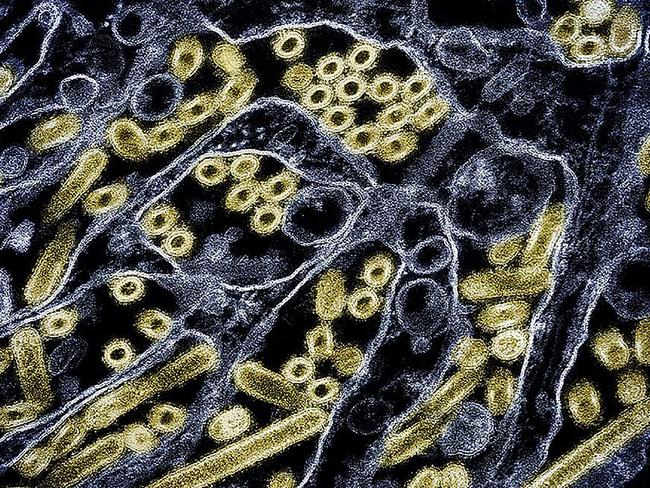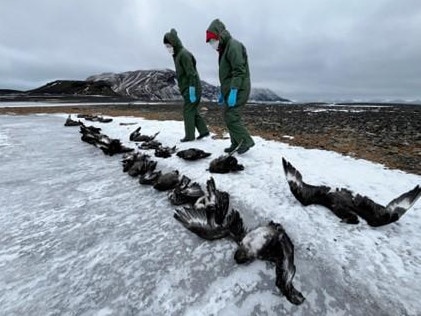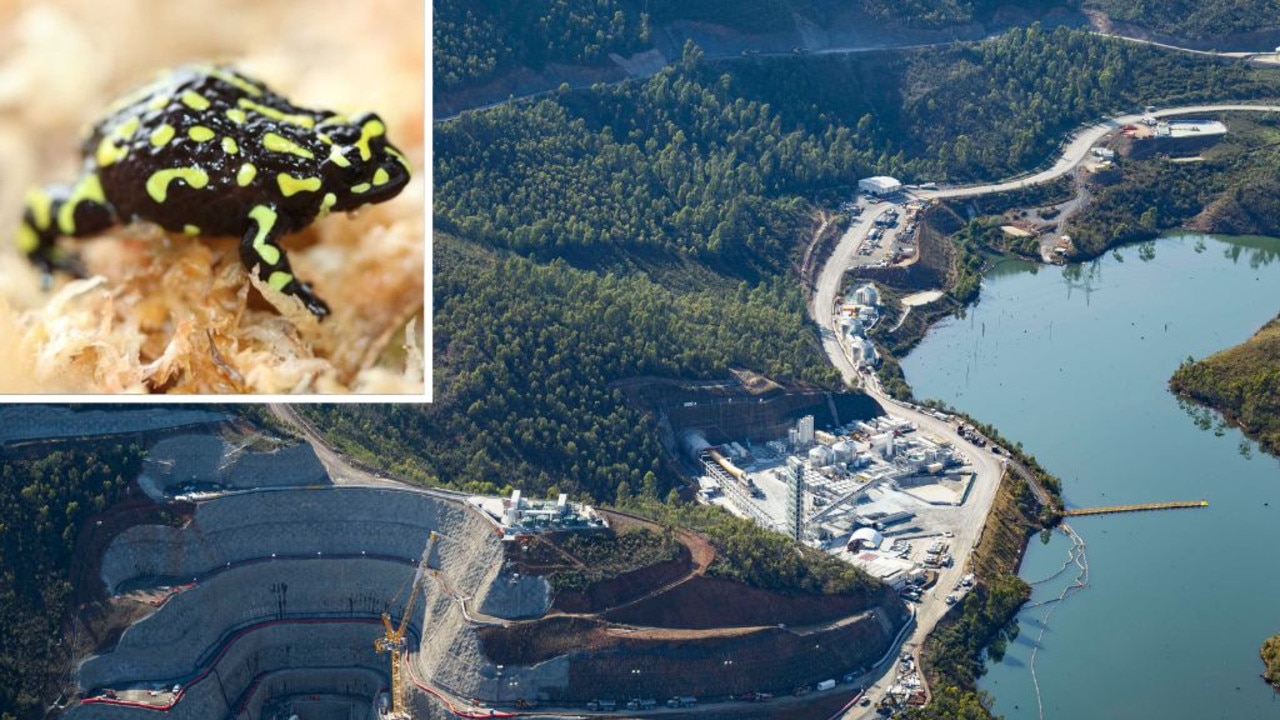$7m to detect and prevent bird flu
Australia is the only continent free of the H5N1 avian influenza virus causing havoc overseas. Authorities fear the spring migration of birds could change that.

Surveillance of chicken farms and wild bird populations will be increased as the government prepares for the arrival of migratory species potentially carrying the serious H5N1 strain of avian influenza when the northern hemisphere summer ends.
While there have been outbreaks of the H7 variant of the virus in Victoria, NSW and the ACT in the past three months, Australia remains the only continent free of the H5N1 strain, which is causing mass poultry and wild bird deaths overseas and has spread to humans and dairy cows, sparking fears of a pandemic.
Experts say the likelihood of the H5N1 variant making its way to Australia has grown and the threat is expected to increase significantly in spring when migratory birds head south.
The Albanese government on Wednesday announced $6.9m to help with early detection and prevention measures for both the H5 and H7 strains, as well as to investigate the potential of commercial avian influenza vaccines for use in Australia.
“The strength of our national biosecurity system and Australia’s geographic isolation has kept us free from H5 High Pathogenicity Avian Influenza, which is currently having a major impact across the globe,” Agriculture Minister Murray Watt said, “but we cannot rest on our laurels. The arrival of migratory birds from areas where H5 HPAI is present – particularly as spring approaches – means we face a constant risk that is outside of our control.

“We can’t stop the natural migration patterns of wild birds that may be sick, but we can prepare ourselves if that does occur.
“That is why we are investing $6.9m in enhanced capability to detect and respond to avian influenza in wildlife.”
The virus is mostly spread by wild birds and is usually transmitted to domesticated animals through contaminated water or food supplies; it can also be spread on clothing, vehicles and equipment.
So far, about 1.8 million chickens on Australian farms have been killed in response to the virus as part of strict quarantine measures aimed at preventing the spread of the H7 virus.
It has led to shortages of eggs on supermarket shelves and prompted McDonald’s to limit the hours of its breakfast menu as its egg supplies ran low.
The H5N1 strain is what has authorities most concerned because of its ability for sustained transmission among humans.
According to the World Health Organisation, since 2003 there have been 891 cases of human infections with avian influenza, resulting in 463 deaths.
The US and some European countries signed up to procure bird flu vaccines for humans.
Michael Ward, the chair of Veterinary Public Health and Food Safety at the Sydney School of Veterinary Science, said the southern migration of birds along the Eastern Asian Flyway, which runs from Siberia down through the Pacific, increased the risk of the virus arriving in Australia.
The northerly migration of birds from Antarctica, where the virus is spreading through seabirds, also posed a risk.

“It’s certainly more likely than it has ever been in the past, given the (global) spread that is going on,” Professor Ward said.
He said surveillance was key to early detection and response.
National Farmers Federation president David Jochinke said the increased funding would be welcomed by poultry farmers and the agriculture industry. “It is imperative we pull every lever to ensure Australia is prepared for this deadly strain,” he said.
“The government’s sensible commitment demonstrates a proactive approach to protect poultry farmers.”






To join the conversation, please log in. Don't have an account? Register
Join the conversation, you are commenting as Logout